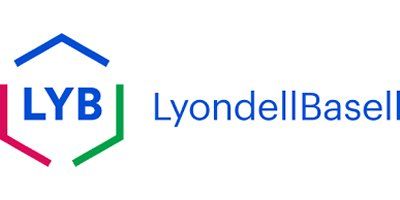

- Home
- Companies
- Lyondell Basell
- Products
- LYB - Butadiene

LYB - Butadiene
At ambient temperature and pressure, butadiene is a colorless, non-corrosive gas with a mild aromatic or gasoline-like odor. LyondellBasell is a leading producer of 1,3-butadiene, a product used in a variety of rubber and nylon applications.
Handling
Do not handle near heat, sparks or flame. Avoid contact with incompatible agents. Use only with adequate ventilation/personal protection. Avoid contact with eyes, skin and clothing. Do not enter storage area unless adequately ventilated. Metal containers involved in the transfer of this material should be grounded and bonded. If exposure to liquid butadiene (unusual conditions, such as a leaking pressurized cylinder) were to occur, the rapid evaporation of this substance could cause severe cooling and damage to the skin in the form of frostbite.
Storage
Keep storage containers clean, dry and free of oxygen. Inhibitors protect only the liquefid butadiene in which it is dissolved. Oxygen intrusion into the vessel headspace may support the formation of peroxides and promote popcorn polymer growth. Popcorn polymer may plug safety-venting devices, plug lines and foul equipment. Polymer formation may build sufficient mechanical force to rupture equipment. Inhibitor (TBC) is added to prevent formation of peroxides and popcorn polymer. Monitor inhibitor content to maintain concentration. Periodically inspect equipment to assure there is no build-up of solids. Store in tighty closed containers segrgated from oxidizers and other combustable material by a distance of at least 20 feet. Refer to applicable OSHA and Department of Transportation (DOT) regulations concerning storage, handling and shipment of 1,3-butadiene.
The use of LyondellBasell butadiene in the following applications is prohibited:
- Cosmetics applications.
Butadiene is of slight acute toxicity, although inhalation exposure to high concentrations may cause dizziness, central nervous system (CNS) depression, and loss of consciousness and cardiac sensitization; while concentrated vapors are irritating to the eye and respiratory tract. Clear species differences are apparent in its repeat toxicity profile, with adverse lesions reported in a range of tissues in the mouse, whereas no comparable changes occurred in rats or other species of laboratory animal. It is not a teratogen, however mild fetotoxicity (primarily retarded development) has been observed in rodents and generally at maternally toxic exposures. Adverse changes in the reproductive system of the mouse (including testicular and ovarian atrophy, and altered sperm head morphology) have been noted following repeated inhalation exposure, but there was no detrimental effect on fertility or reproduction. It induces micronuclei, chromosomal aberrations and dominant lethal mutations in mice after inhalation. Animal data demonstrate that it is carcinogenic in the mouse, inducing benign and malignant cancers in a wide range of tissues, however a more limited tumor profile is seen in the rat. Epidemiology studies suggest butadiene may be carcinogenic in humans with concern for cancers of the lymphohematopoietic system.
Butadiene is used to manufacture rubber for tires, hoses, gaskets, paints and adhesives. It is also used in the production of nylon clothing, carpets and engineering plastic parts
